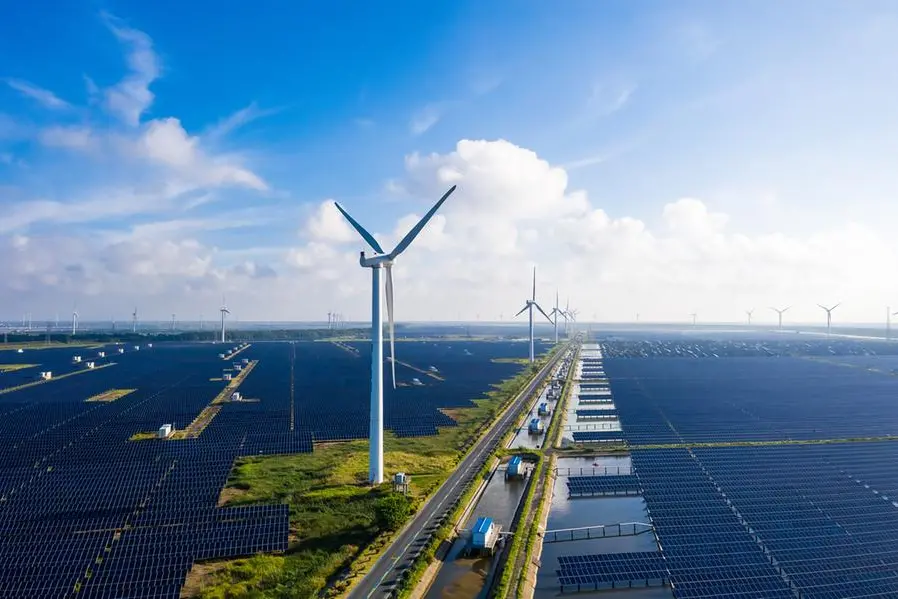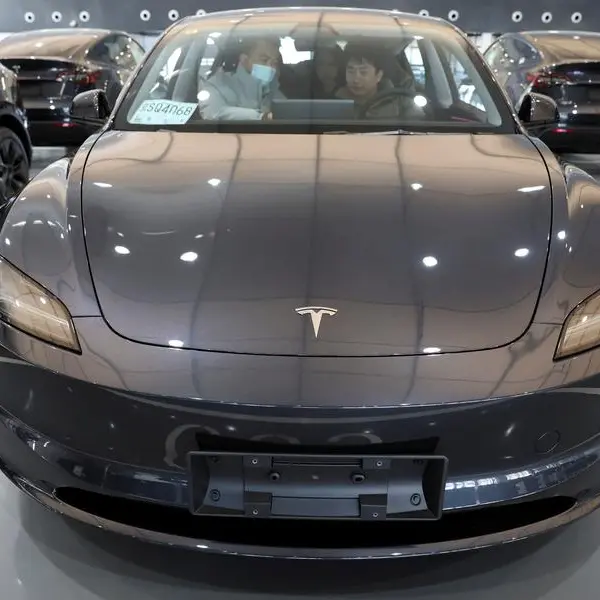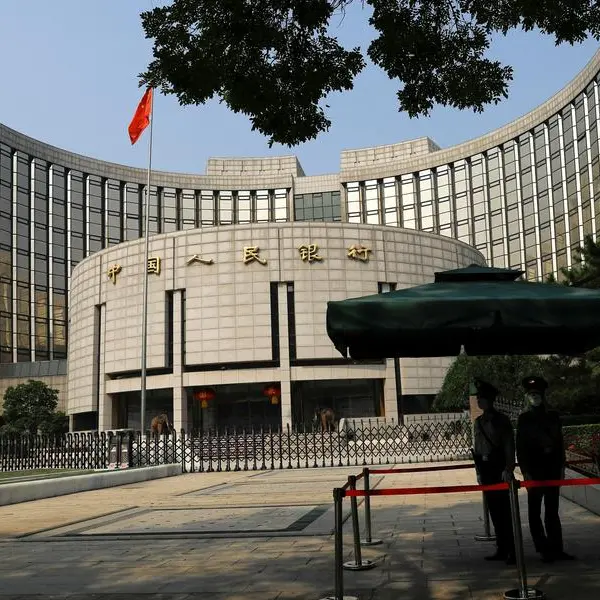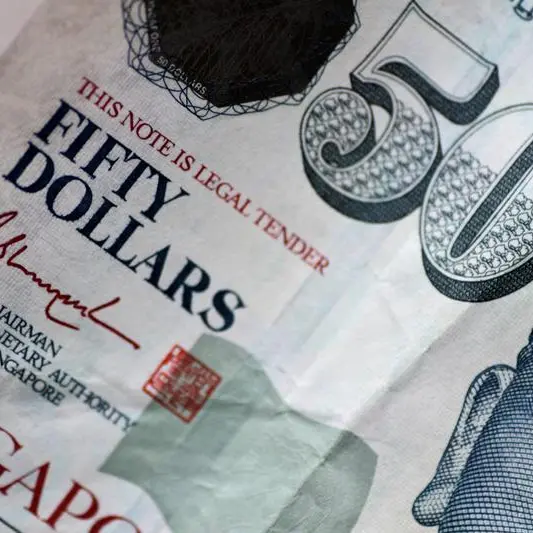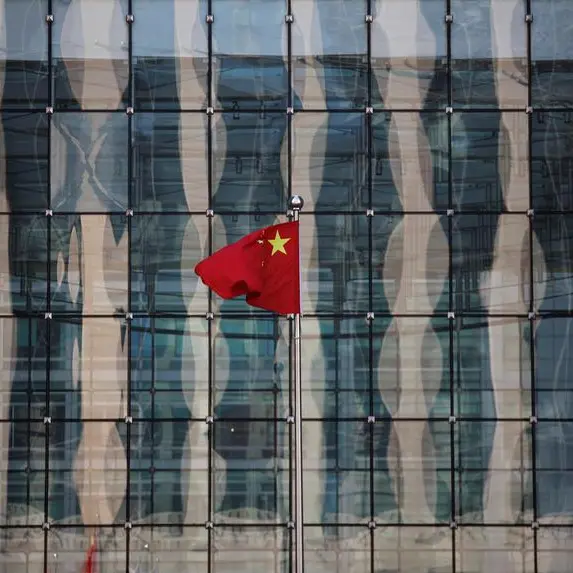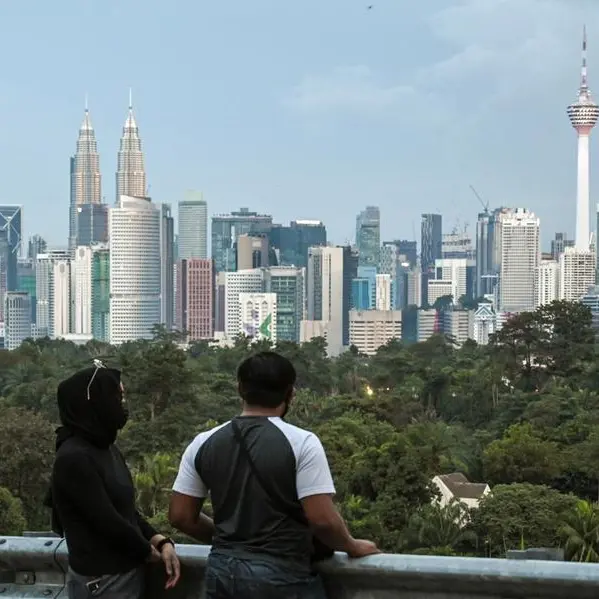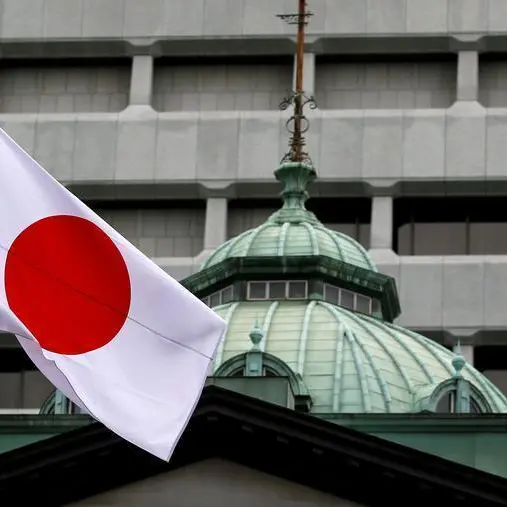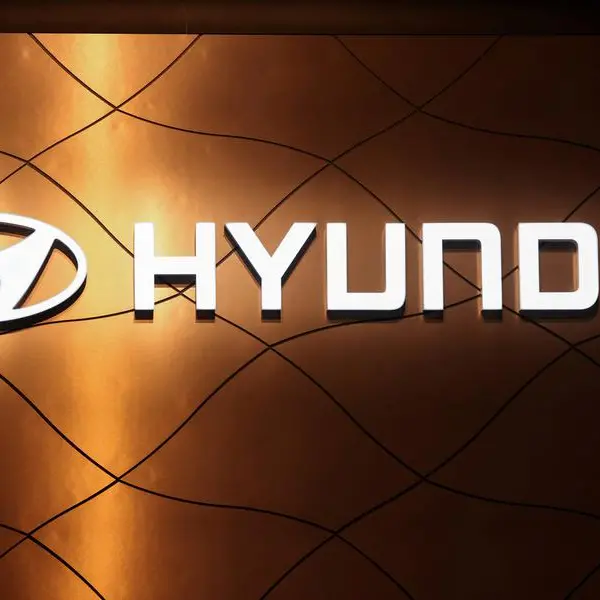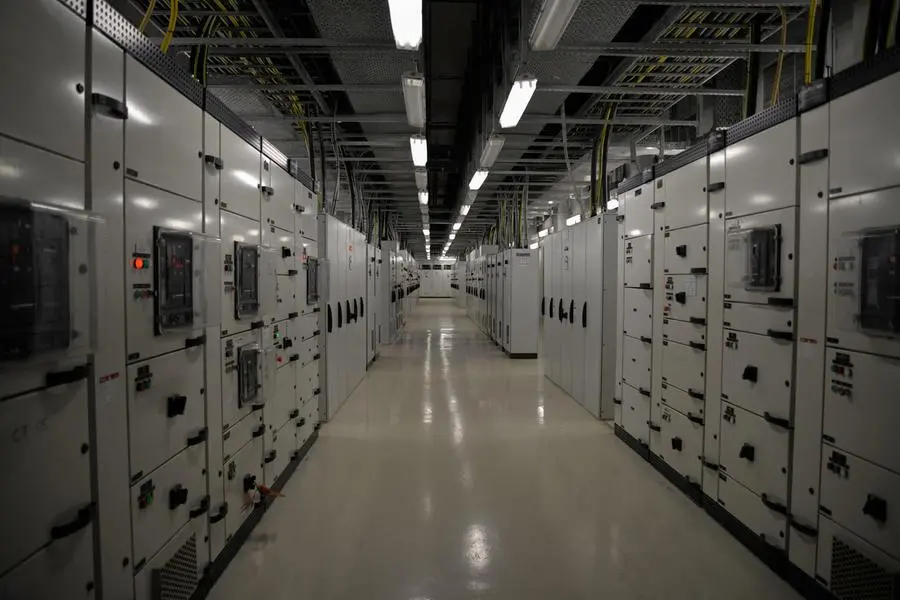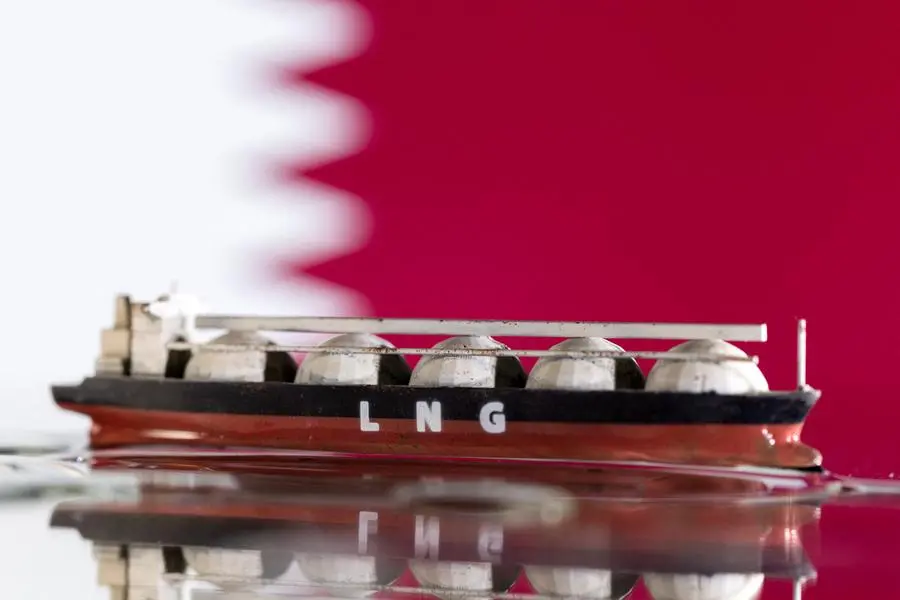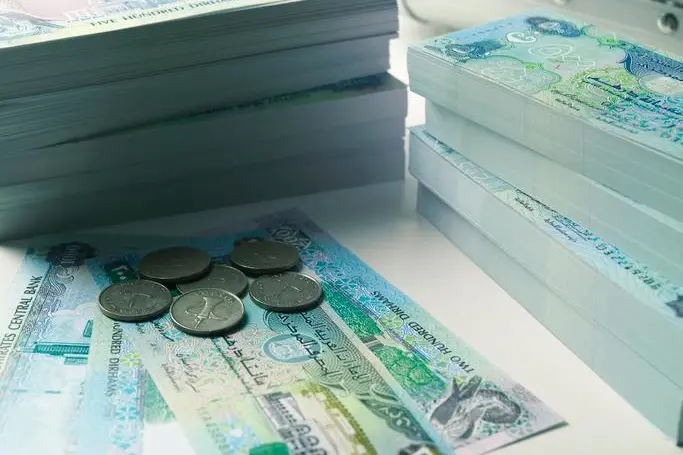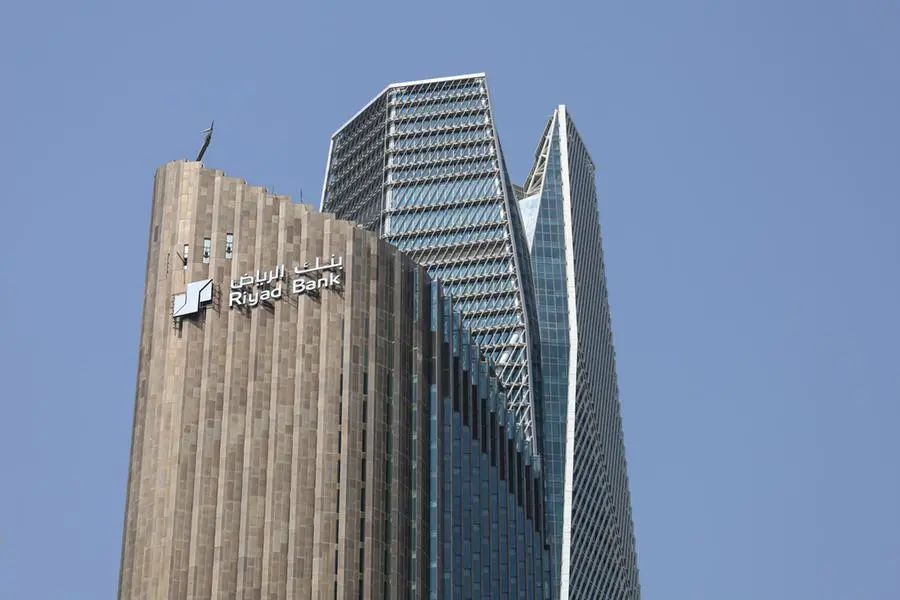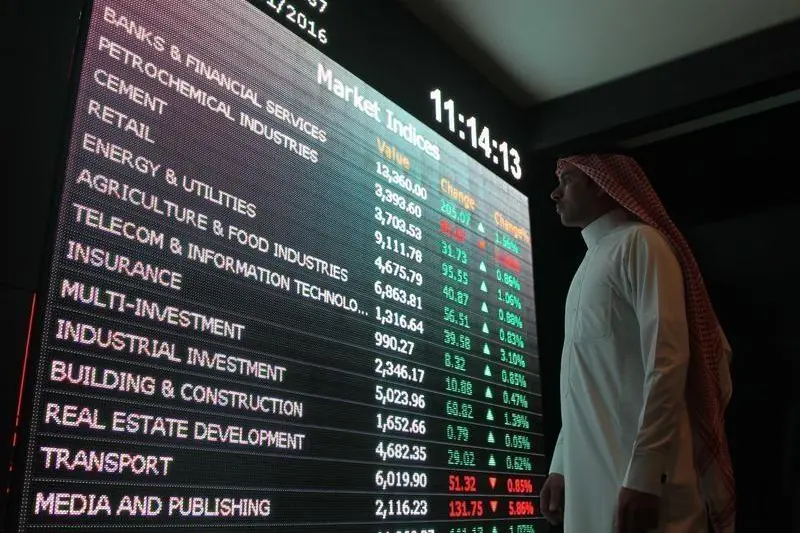PHOTO
The government's ongoing efforts to diversify the Philippines' clean energy sources have been lauded by one of the country's leading renewable energy companies, ACEN Corp.
'The Department of Energy (DOE) is doing the right thing by diversifying the long term sources of clean energy,' ACEN president and CEO Eric Francia said.
Francia said offshore wind and even nuclear would play a big part in the country's diversification initiatives toward a sustainable future.
'There are risks and issues to offshore wind. So does nuclear, right? But it's too early to count things out. You have to be open to all of these possibilities, even if it is long term horizon,' Francia said.
Energy Secretary Raphael Lotilla earlier said decisions must be science-based in diversifying the country's energy sources.
He said the country needs all its current energy supplies, but will also have to keep in mind the managed transition to a low carbon future.
Under the draft Philippine Energy Plan (PEP) 2023 to 2050, which will serve as the blueprint that will chart the country's energy landscape in the next three decades, two scenarios will be adopted: a reference scenario and a clean energy scenario
The reference scenario, where present development trends and strategies, targets a renewable energy in the generation mix of 35 percent by 2030, and 50 percent by 2050.
The clean energy scenario, meanwhile, aims to raise the share of renewable energy in the generation mix to 35 percent by 2030, 50 percent by 2040, and more than 50 percent by 2050.
The clean energy scenario includes two options for offshore wind capacity - a clean energy scenario with a 19-gigawatt (GW) capacity by 2050, and a clean energy scenario, which has a much higher capacity addition of 50 GW by 2050.
It likewise considers the entry of nuclear energy, in which 1,200 megawatts (MW) of capacity is eyed by 2032, 2,400 MW by 2035, and 4,800 MW by 2050.
'In the meantime, there are low-hanging fruits, if you will. To us, it's really ground-mounted solar, onshore wind, and then I think floating solar is around the corner,' Francia said.
'And then the Philippines has some areas, limited areas, but there are some areas for offshore wind that can be done on a fixed-bottom basis as opposed to floating. So those are I think the next horizon technologies,' he said.
ACEN, the listed energy platform of the Ayala group, is developing 1,100 megawatts (MW) of solar and wind capacities, of which 700-MW is expected to be operational in the next three to six months.
Last August, ACEN inked a renewable energy contract area utilization agreement with the Laguna Lake Development Authority to lease 800 hectares of renewable energy areas.
ACEN plans to develop its first large-scale floating solar project in Laguna Lake with a potential capacity of 1,000 MW.
Copyright © 2022 PhilSTAR Daily, Inc Provided by SyndiGate Media Inc. (Syndigate.info).
